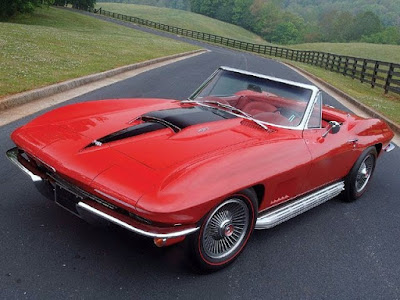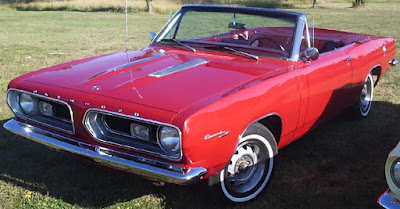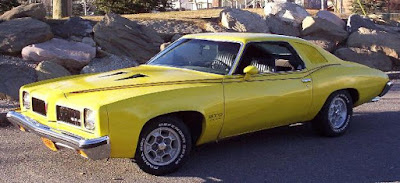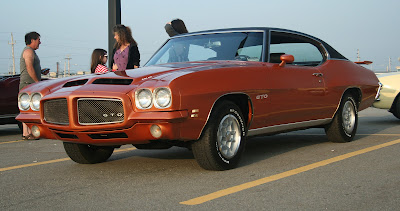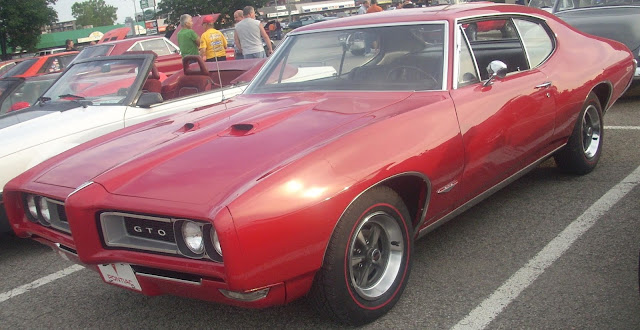When Modified Muscle Car So Car Rally

Crazy and wild ideas have become the daily life of American society. One of them is a change on the Oldsmobile 442 car . How not, a car that is actually musclecar type and usually pitted in a straight track aka drag race , now forced to join the rough desert rally . Just look at the figure of a blue car made in 1970 that nicknamed Olds Grabber this. Although still apply the original body of two-door sedan, complete with bumpers and lights and the original grille, but desperate in the runway in the desert at the Baja 1000 championship . But in order to be on the runway on the offroad track, of course the legs of Olds Grabber must be changed . To that end, high suspension with a furious alloy of tire hoe also applied . Increasingly, the V8-type 410 aluminum-block engine. Kitchen runway Olds Grabber is claimed to produce power up to 508 dk . In addition, there is a coupling device application from Moser with TH400 transmission from Hydramatic . In order no...

